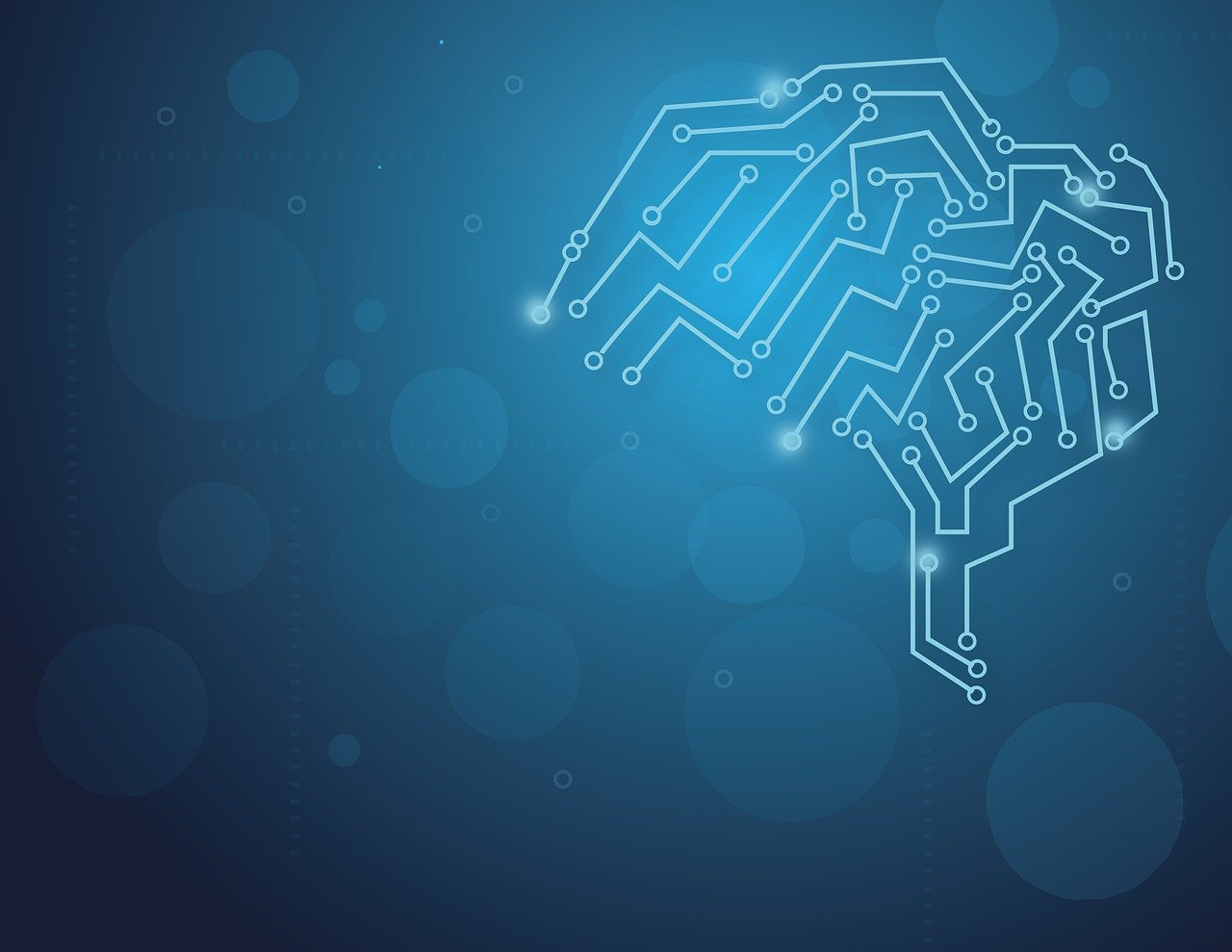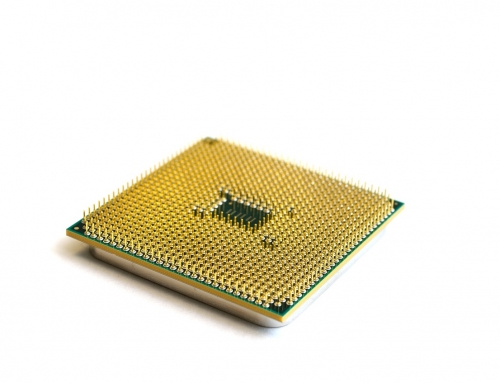Artificial intelligence is reshaping the way businesses operate, making processes faster, more efficient, and highly personalized. One approach leading this evolution is Retrieval-Augmented Generation (RAG), a method that combines large language models (LLMs) with external databases to deliver accurate, up-to-date, and context-aware responses. With its advanced capabilities, including multimodal integration, RAG is becoming a valuable tool for businesses looking to optimize their operations and customer experiences.
What Makes RAG Different?
Traditional AI systems rely heavily on pre-trained knowledge, which, while powerful, is limited to the information available at the time of training. This can lead to outdated or incomplete responses, particularly when dealing with rapidly changing industries or complex queries. RAG enhances this process by allowing AI models to pull relevant information from external sources in real time. By combining retrieval with generative abilities, the model delivers responses that are both knowledgeable and highly relevant.
For businesses, this means AI can provide precise answers to specific customer queries, support decision-making with the latest data, and even generate insights that were previously hard to extract.
Multimodal RAG: Expanding the Horizon
One of the most exciting developments in this space is multimodal RAG, which incorporates text, images, videos, and other formats into the retrieval and generation process. This is a game-changer for businesses operating in industries like retail, healthcare, education, and media.
– Retail: Multimodal RAG can enhance product recommendations by integrating visual search capabilities. For example, customers can upload an image of a product they like, and the system can retrieve matching items from a catalog while generating descriptions, pricing, and availability.
– Healthcare: Doctors and patients can benefit from AI that combines medical texts with diagnostic images. A physician could query the system with a combination of symptoms and an X-ray image, receiving both relevant research and detailed diagnostic insights.
– Media and Entertainment: Companies can use multimodal RAG to generate engaging content by pulling from diverse sources, integrating text with video clips, images, or interactive media for marketing campaigns or creative projects.
This integration makes AI not only smarter but also more versatile, giving businesses tools to serve their audiences in more creative and effective ways.
Streamlining Customer Support
Customer service is an area where RAG has already made a strong impact. By accessing both internal and external knowledge bases, AI-powered chatbots and virtual assistants can resolve issues quickly and accurately. RAG allows these systems to deliver personalized solutions instead of generic responses.
For example, a financial institution can use RAG to answer a customer’s query about a loan application by pulling up their specific account details while simultaneously consulting the latest regulatory guidelines. This capability not only saves time but also boosts customer satisfaction and trust.
Enhancing Data-Driven Decisions
Businesses thrive on data, and RAG ensures that decision-makers have access to the most relevant and current information. Whether it’s analyzing market trends, competitor performance, or customer behavior, RAG-enabled AI can synthesize vast amounts of data into actionable insights. The ability to query external sources in real time ensures that businesses stay ahead of their competitors.
This feature is particularly useful in sectors like finance, where market conditions change rapidly, and in logistics, where real-time updates can significantly impact supply chain decisions.
Breaking Down Language and Accessibility Barriers
Multimodal RAG also has the potential to make information accessible to a wider audience. By processing text, images, and voice inputs, the technology can cater to users with varying levels of literacy, different languages, or disabilities. For global businesses, this means creating AI systems that can adapt to diverse customer bases without requiring significant customization.
Future-Proofing Business Operations
RAG is setting a new standard for how businesses can leverage AI to improve efficiency and innovation. By combining the power of retrieval and generation, it allows companies to adapt to changes and provide the most accurate, actionable information when it matters most.
The multimodal aspect adds another layer of versatility, enabling AI systems to function across a wide range of industries and use cases. As businesses continue to adopt this technology, the possibilities are endless—from improving customer interactions to making smarter decisions and even opening new revenue streams.
Smarter AI, Smarter Business
The adoption of RAG is not just about keeping up with technology trends; it’s about creating a smarter, more responsive AI that meets the needs of modern businesses. By leveraging retrieval-augmented generation, companies can stay agile, serve their customers better, and unlock new opportunities in ways that were once unimaginable.





